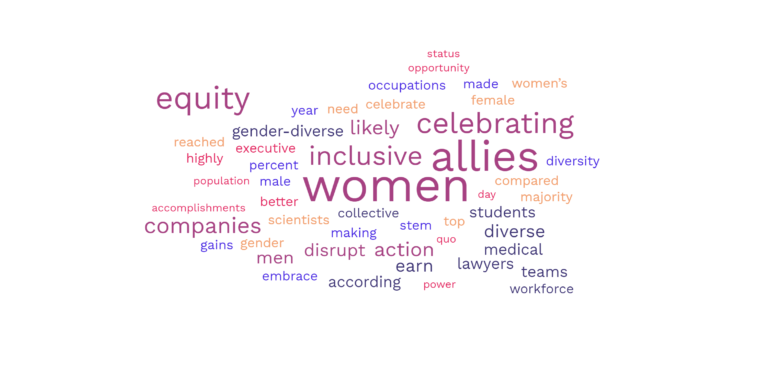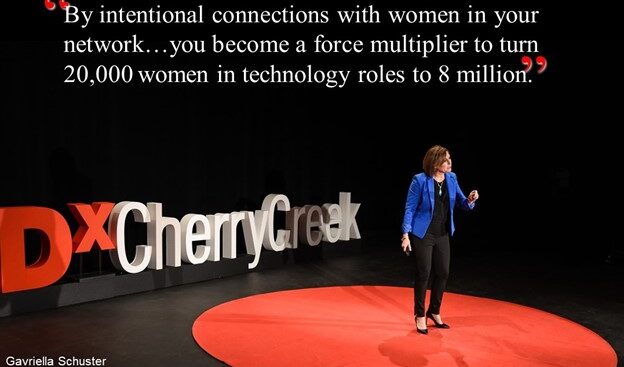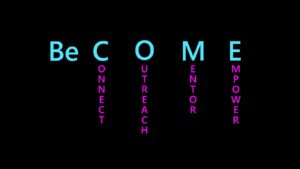Women make up 50.8% of the US population and 46.9% of the workforce. When women take collective action, we can disrupt the status quo.
We should celebrate…
- In 2018 38% of lawyers were women. In 2022 reaching 50%, 55,766 women nationwide are studying for a juris doctor (law) degrees, compared with 55,059 men, according to the bar association.
- The national women’s soccer league scored a major victory in February: After a six-year fight, the two sides reached a settlement in which the female players will receive $24 million in back pay and other benefits from the federation. And, in the future, women will be compensated on par with the men.
- According to the AAMC Women constitute 50.5% of today’s medical students, building on steady increases in recent years that saw women account for the majority of first-year students in 2017 and most of medical school applicants in 2018. Women reached the cusp of the majority in total enrollment in 2019, when they constituted 49.5% of all medical students, up from 46.9% in 2015.
- Women make up 40% of the nation’s physical scientists. We are 48% of life scientists and women’s representation among mathematical workers is 47%
- Women are 61.7% of all accountants and auditors in the United States.
And yet…
- Women earn on average only $.85 cents on the dollar compared to men
- At mid-career, when earnings peak, the top 10 percent of female lawyers earn more than $300,000 a year, while the top 10 percent of male lawyers earn more than $500,000.
- Super star athletes, like Sue Bird, who is without question the GOAT of basketball earns a fraction of the salary and endorsements of her male peers
- Despite women making gains in STEM fields like science and math, women did not make as big gains in computer and engineering occupations, which made up the largest portion (80%) of the STEM workforce. Women are still only 27% of these occupations.
- Women are 50% of all full-time staff at CPA firms, but make up just 27% of partners and principals
When organizations embrace diversity, institutionalize equity and embrace inclusion, everyone wins. According to Fundera 20 Diversity in the Workplace Statistics to Know for 2021 (fundera.com) not only are highly gender-diverse executive teams 21% more likely to outperform on profitability.
They are also….
- Companies with equal men and women earn 41% more revenue.
- Diverse teams are 70% more likely to capture new markets.
- Diverse teams are 87% better at making decisions.
- Inclusive companies are 1.7x more innovative.
- Companies that have a highly inclusive culture have 2.3x more cash flow per employee.
Dictionary.com made allies the word of the year for 2021. What will it take for us to put ALLIES into action and drive for gender equity in 2022? What actions will you commit to today for 2022?

















